Pedestrian excursion
Six hiking trails
The Kiamika Regional Park offers six hiking trails of varying distances and difficulty. Ideal for a family day! We have redesigned them for you, with new viewpoints.


EAGLE POINT TRAIL 2.2KM
Hiking trail along the edge of the Kiamika Reservoir, with several viewpoints on the water, this trail leads you to the Kiamika Dam.
- Type : Loop
- Difficulty : Easy
- Elevation gain : 12 meters
- Accessibility : Dam’s reception
- Ideal trail for families
ÎLE-DE-LA-PERDRIX-BLANCHE TRAIL 8.2 KM
The trail crosses the island through cedar and hardwood forests that are over 150 years old.
- Type: Round trip
- Difficulty: Medium
- Elevation gain: 127 meters
- Accessibility: Near campsites #35 and #40
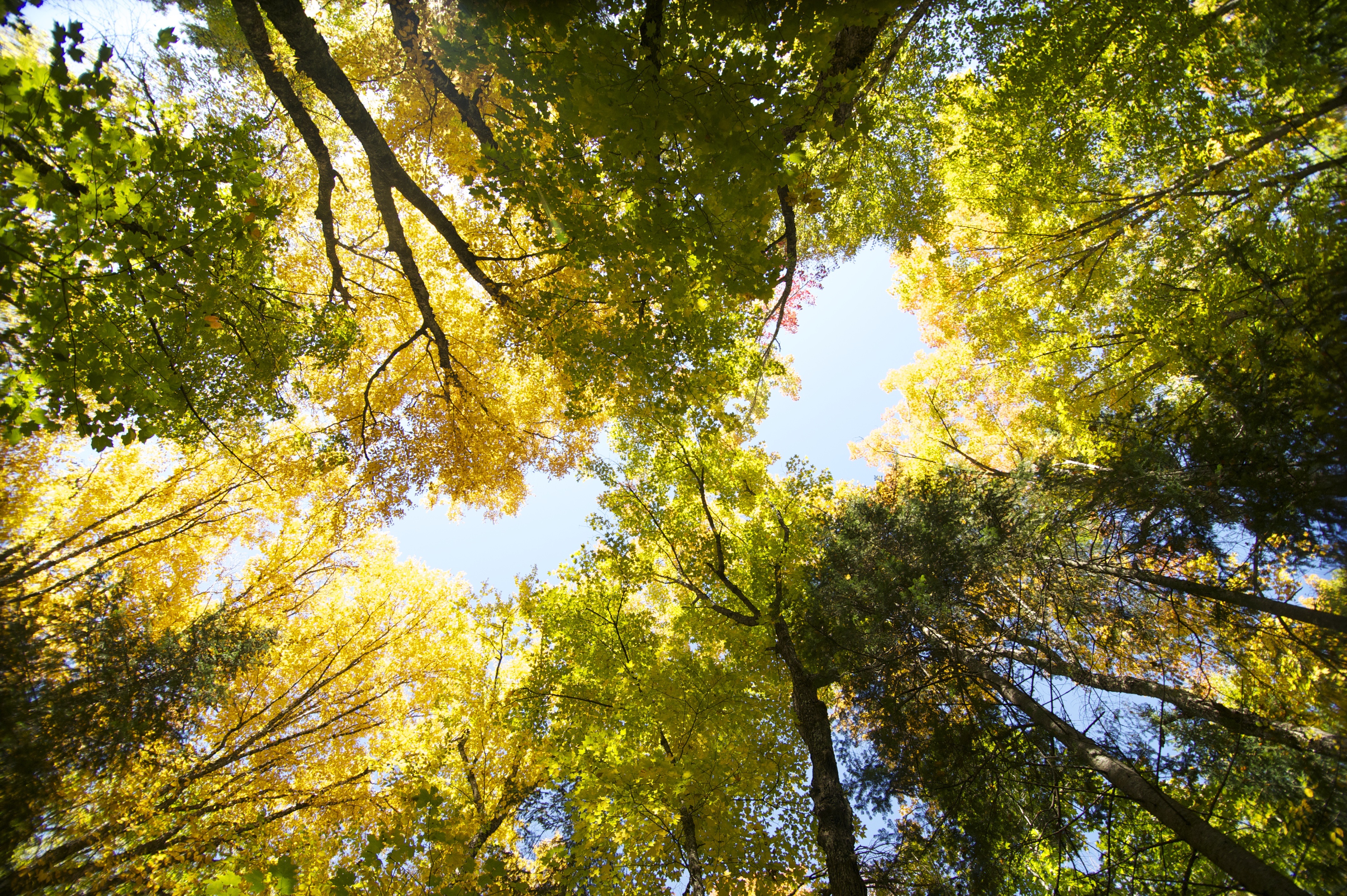
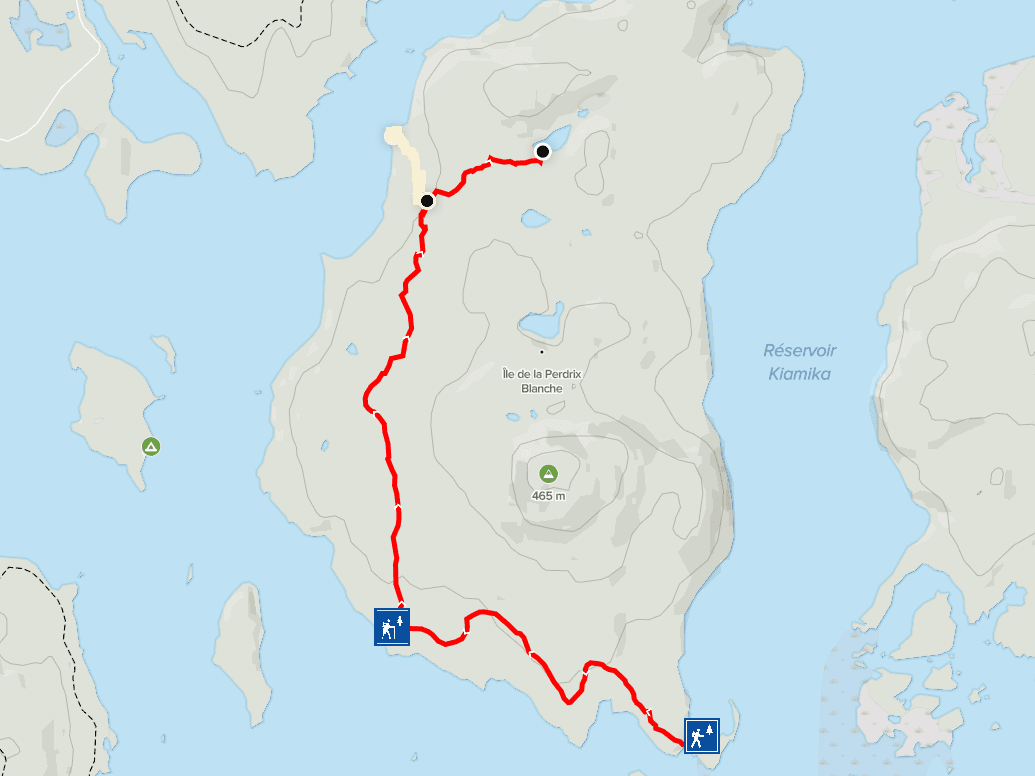
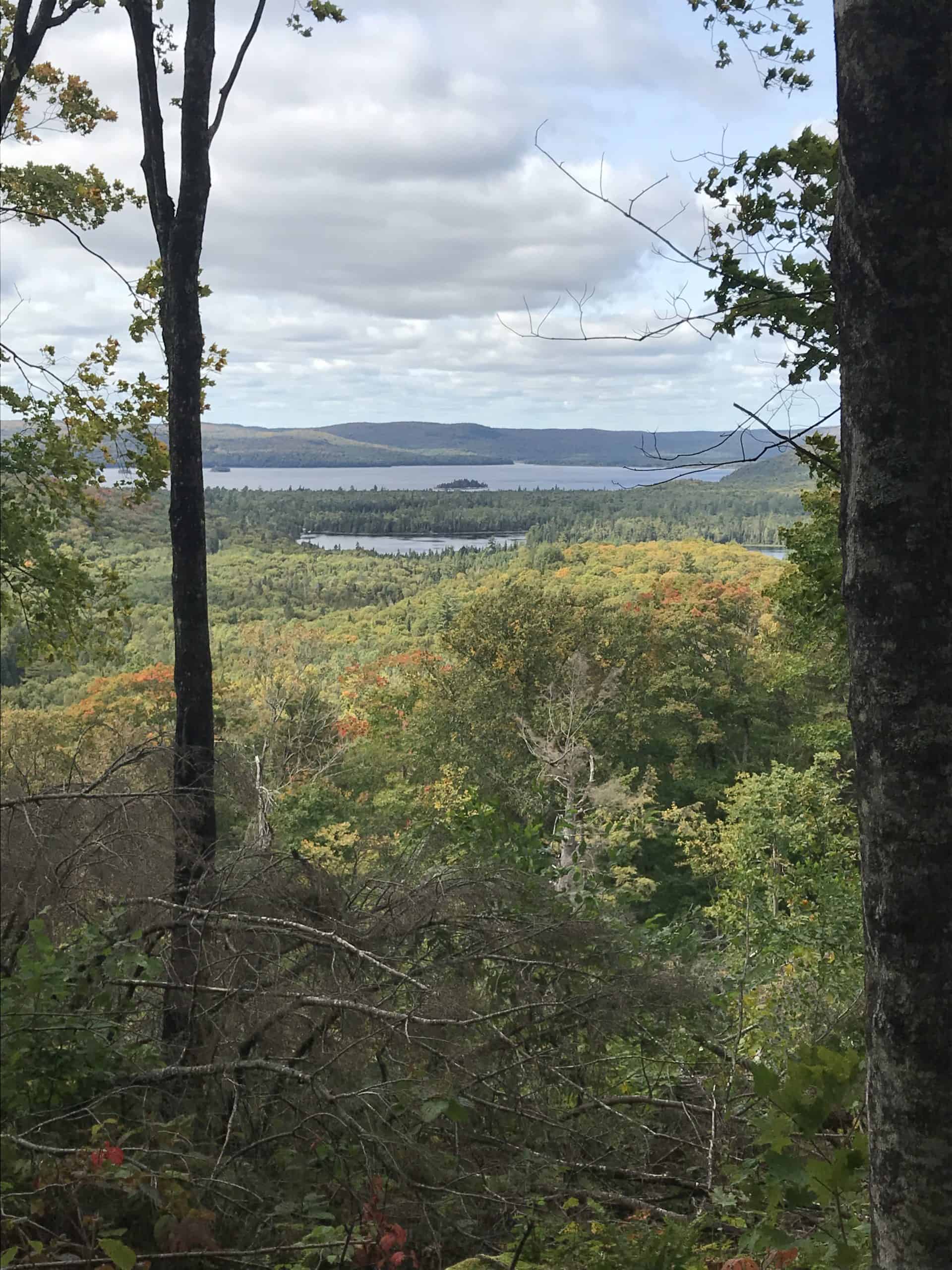
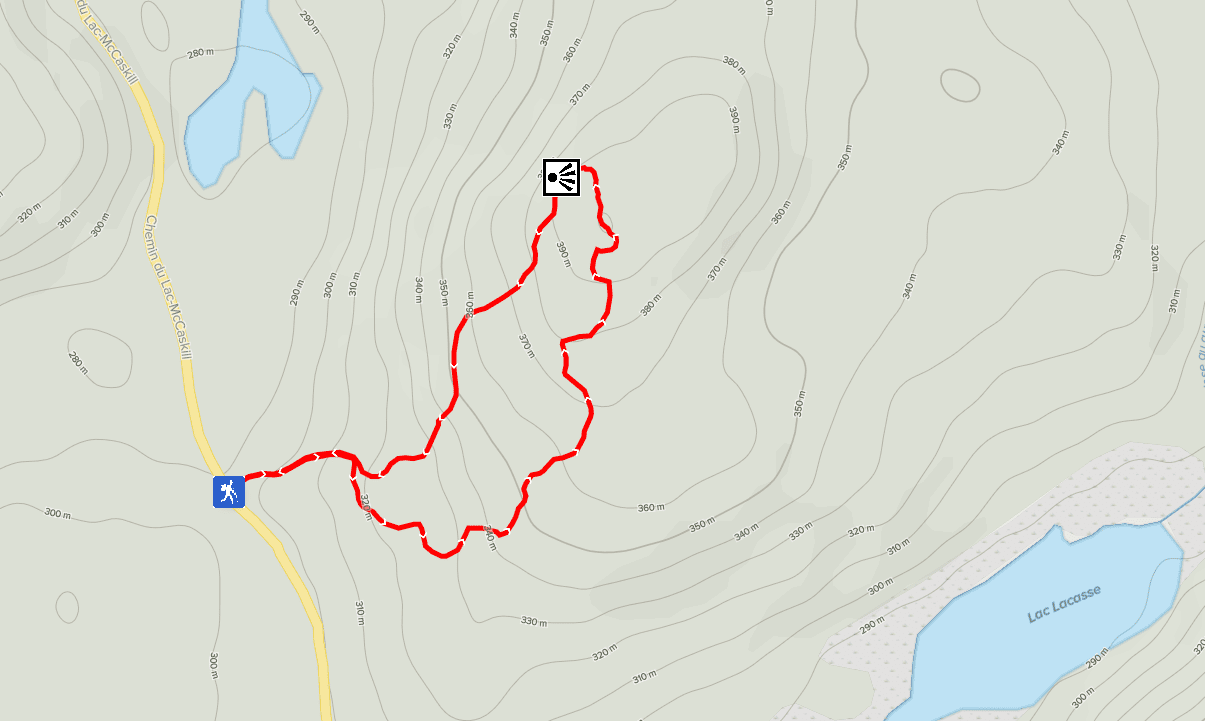
Trail of the Giants 2,1KM
Climb through a hemlock forest and enjoy the view of the Kiamika Reservoir from our brand new lookout!
- Type: Loop
- Difficulty : Medium
- Elevation gain: 116 meters
- Accessibility : At km 14 of McCaskill Road
- Kilby sector
Kilby Trail 4.5 KM
- Type : Loop
- Difficulty : Medium
- Elevation gain : 182 meters
- Accessibility : Parking lot of Accueil Kilby
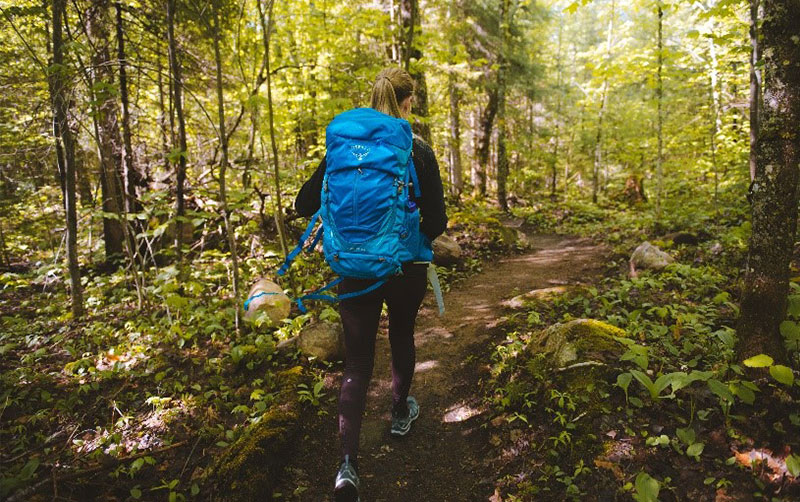
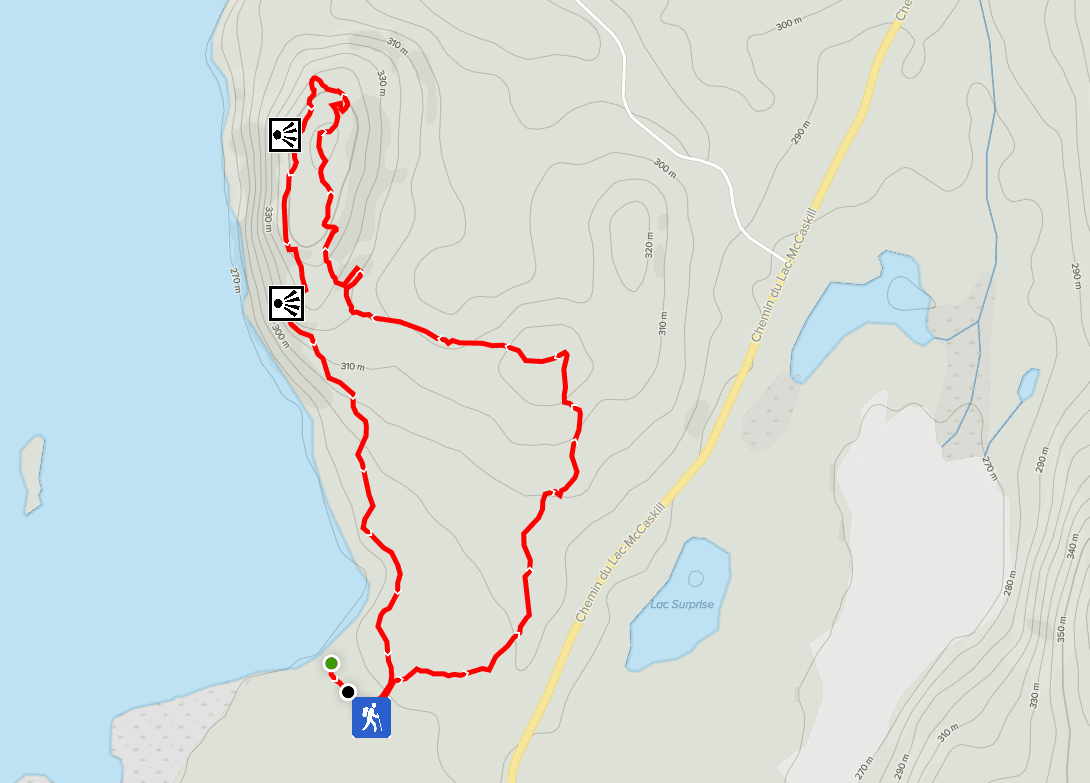
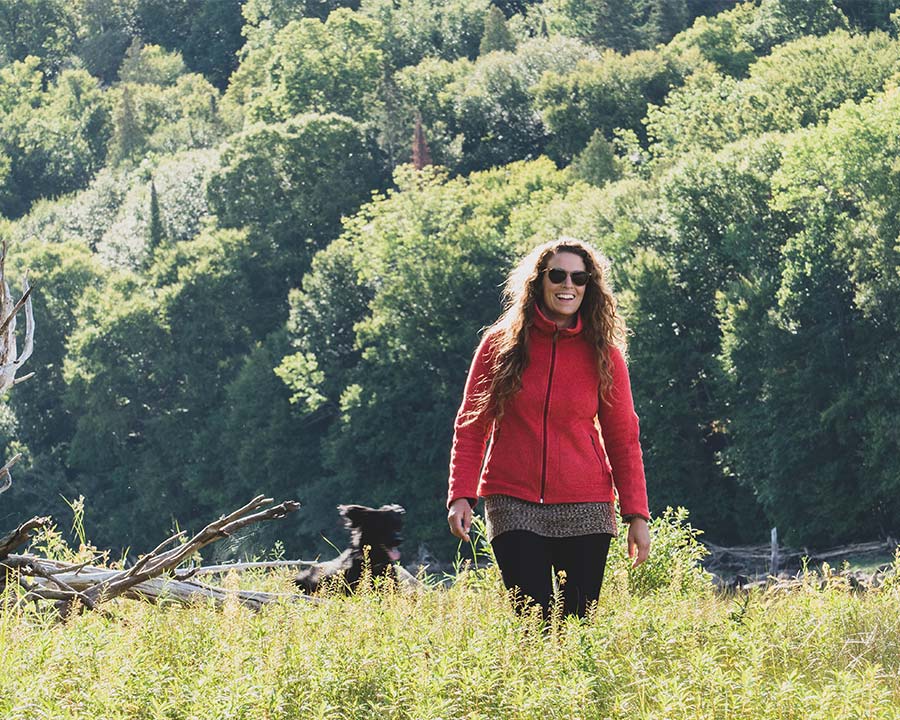
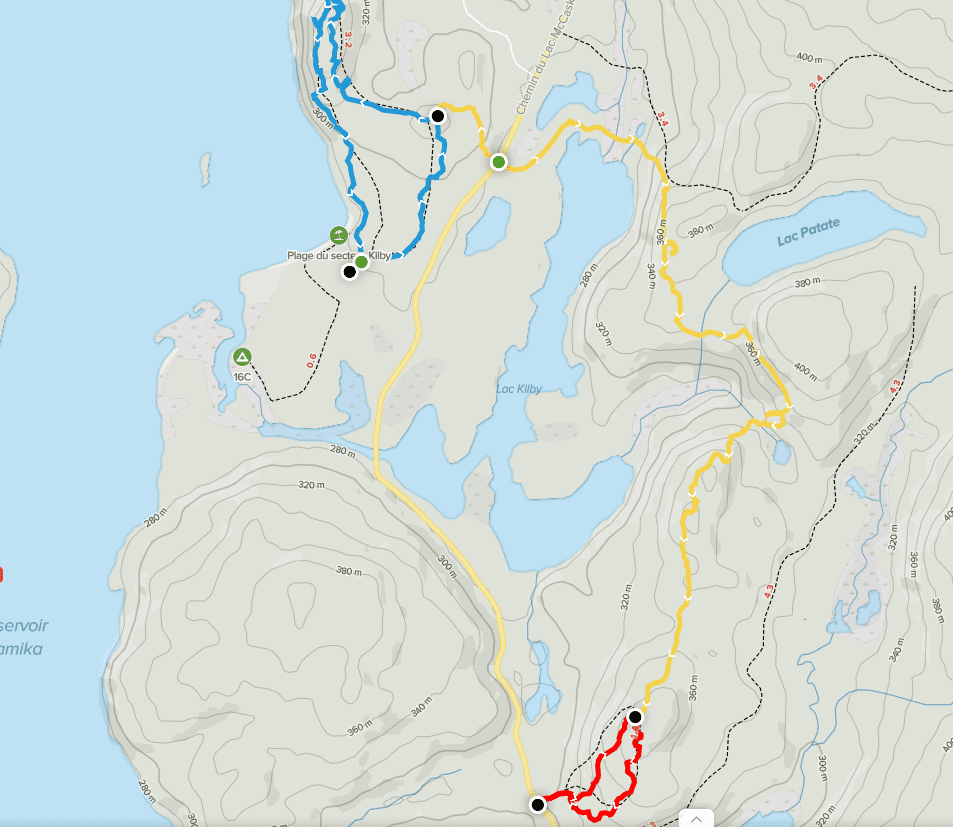
TRAIL OF THE PEAKS 6,3K
This trail connects the Kilby Trail and the Giant’s Trail. It is 6.3 km one way (12.6 km round trip). This trail is in the forest. You will climb several small mountains and progress on their tops.
- Type: Round trip
- Difficulty: Difficult
- Elevation gain: 357 meters
- Accessibility: Parking lot of the Kilby reception.
Cliffs Trail 4.2km
This trail is a 4.2 km loop. It gives access to a viewpoint on the Kiamika Reservoir, natural and high. Progress in the middle of large rocks.
- Type : Loop
- Difficulty : Difficult
- Elevation gain : 206 meters
- Accessibility : By boat – Near campsite #30

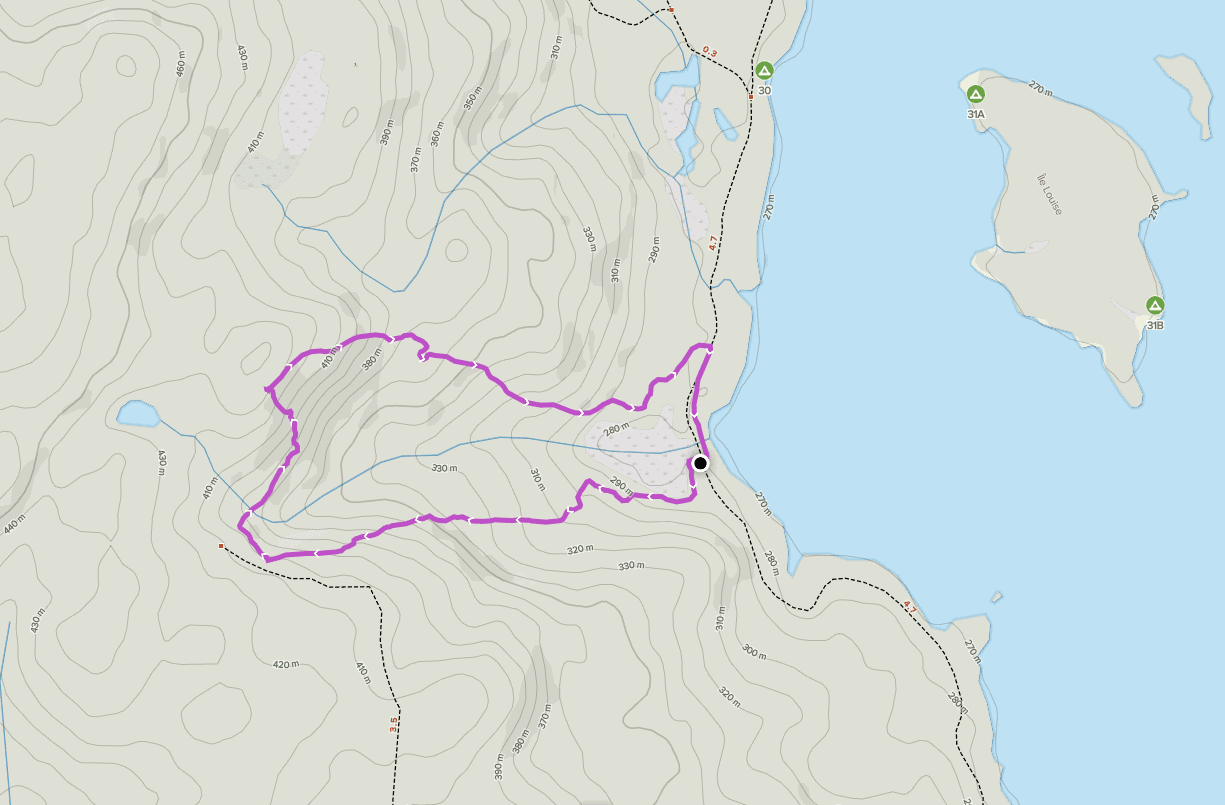
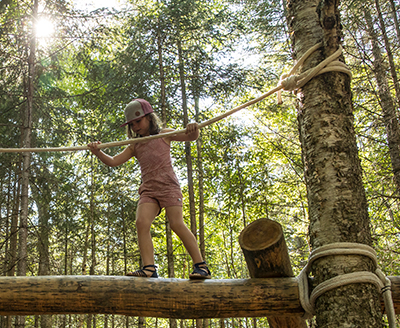
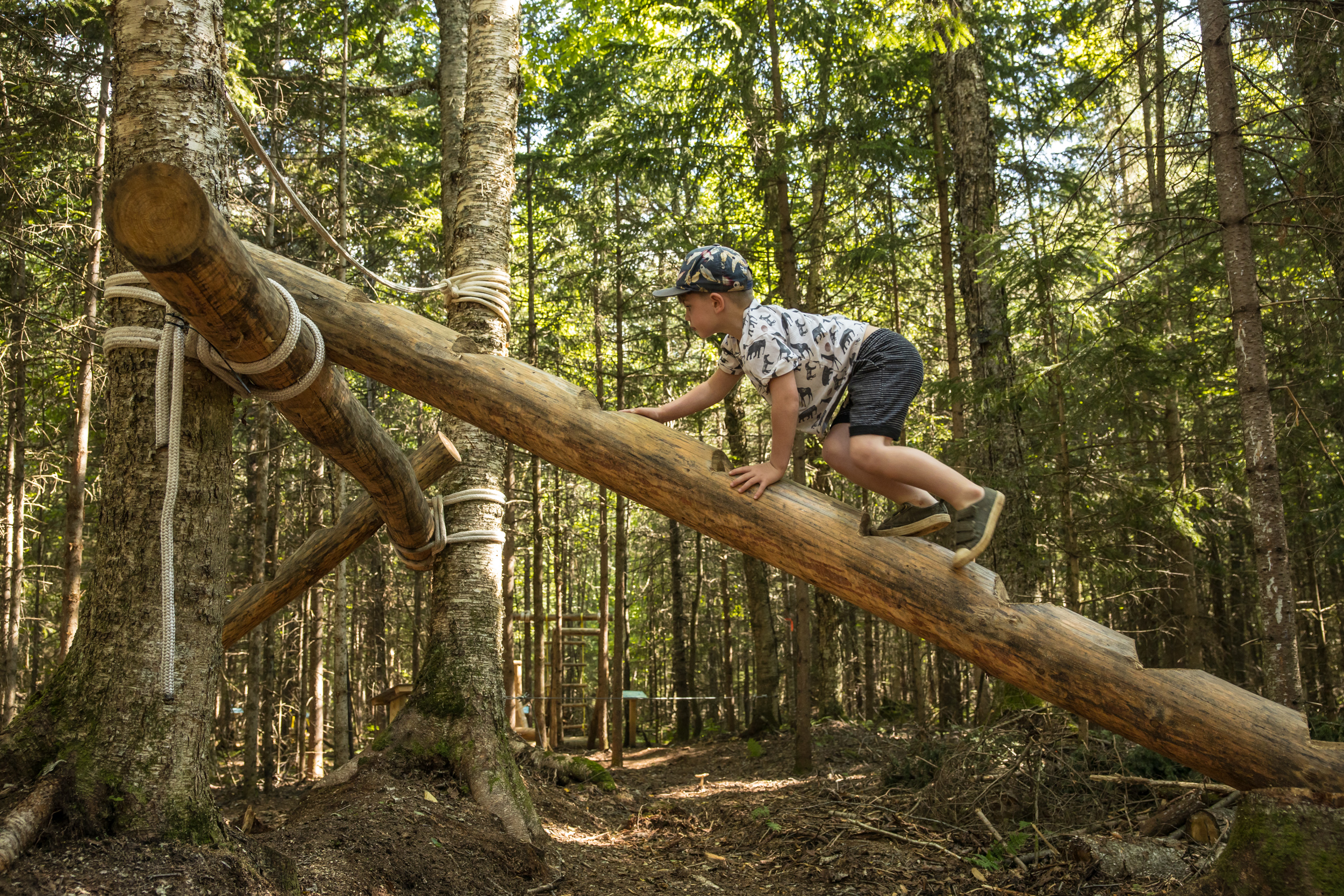
Hebertism course
The 12 obstacle course is suitable for the whole family.
- Difficulty: Medium
- Accessibility: Kilby sector
Recommended equipment
MATERIAL FOR THE ACTIVITY
- Backpack
- Guide map
- Flashlight or headlamp and batteries
- Snacks
- Water bottle or thermos (drinking water)
CLOTHING (Warm weather)
- Hiking shoes
- Breathable t-shirt
- Swimsuit or shorts
- Shirt or long-sleeved shirt
- Hat or cap with ties
- Pants (polyester or nylon)
CLOTHING (Cool and wet weather)
- Insulated coat
- Hiking shoes
- Rain pants and coat
- Gloves
- Wool socks
- Wool or fleece sweater
- Wool or polar hat
SAFETY EQUIPMENT
- Sunglasses with safety cord
- Sunscreen cream
- Mosquito repellent and/or net
- First aid kit
- Compass
- Duct tape
- Emergency knife
- Personal medication
Getting ready for a hike
The hiker towards himself
Safety, autonomy, self-fulfillment
- Plans his or her hike in terms of length, difficulty and load to be carried according to his or her physical abilities and endurance
- Informs him/herself about the weather conditions, potential dangers (hunting, wild animals, scree)
- Carry a first aid kit, a map of the trail, as well as adequate supplies and equipment depending on whether or not there is access to drinking water, fire and night shelter, as well as in case of rain
- Registers at one of our two reception points and/or takes his access rights; if solo, informs his family of his route and his return and brings his cell phone
- Respect the signs and regulations
The hiker towards others
Respect, share, support
- Respect the right of others (humans and animals) to silence and privacy
- Help a person in difficulty to overcome obstacles and difficult sections (torrents, windfalls, rocks)
- Never leave a person alone behind
- Assists and cares for the injured, even if it means changing your route
- Shares water, food, and blankets when another person is short of them
The hiker and the environment
Protection, responsibility, legacy
- Do not stray from the trail for the protection of the flora (and your safety); avoid trampling moss and lichen if the trail crosses rocks
- Do not pick plants, roots, dead wood or rocks, and do not feed animals (rodents, birds)
- Do not leave behind any waste; for natural needs, in the absence of facilities, respect the regulatory distance from points and waterways and bury tracks
- Camp in permitted locations
- Avoid unnecessary fires, even when permitted, and preferably use a stove for cooking
- Report any broken installations (bridges, ropes and chains, markers) and the presence of abandoned waste to the people in charge of the walking area, if they cannot take it away
Source : Rando Québec
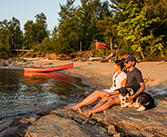 Canoe-Camping
Canoe-Camping Camping accessible by car
Camping accessible by car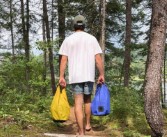 Luggage transport
Luggage transport Kayak
Kayak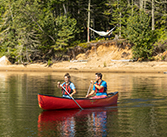 Canoe
Canoe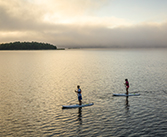 Paddleboard
Paddleboard Pontoon excursion
Pontoon excursion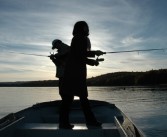 Fishing
Fishing Wildlife observation
Wildlife observation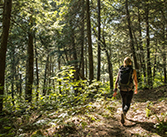 Hiking
Hiking Stops on the islands
Stops on the islands The itinerary
The itinerary Companies in the vicinity
Companies in the vicinity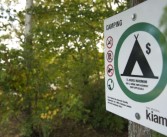 Safety and regulations
Safety and regulations Frequently asked questions
Frequently asked questions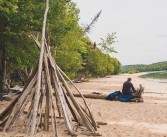 History and mission
History and mission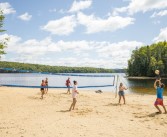 Services for groups
Services for groups Careers
Careers